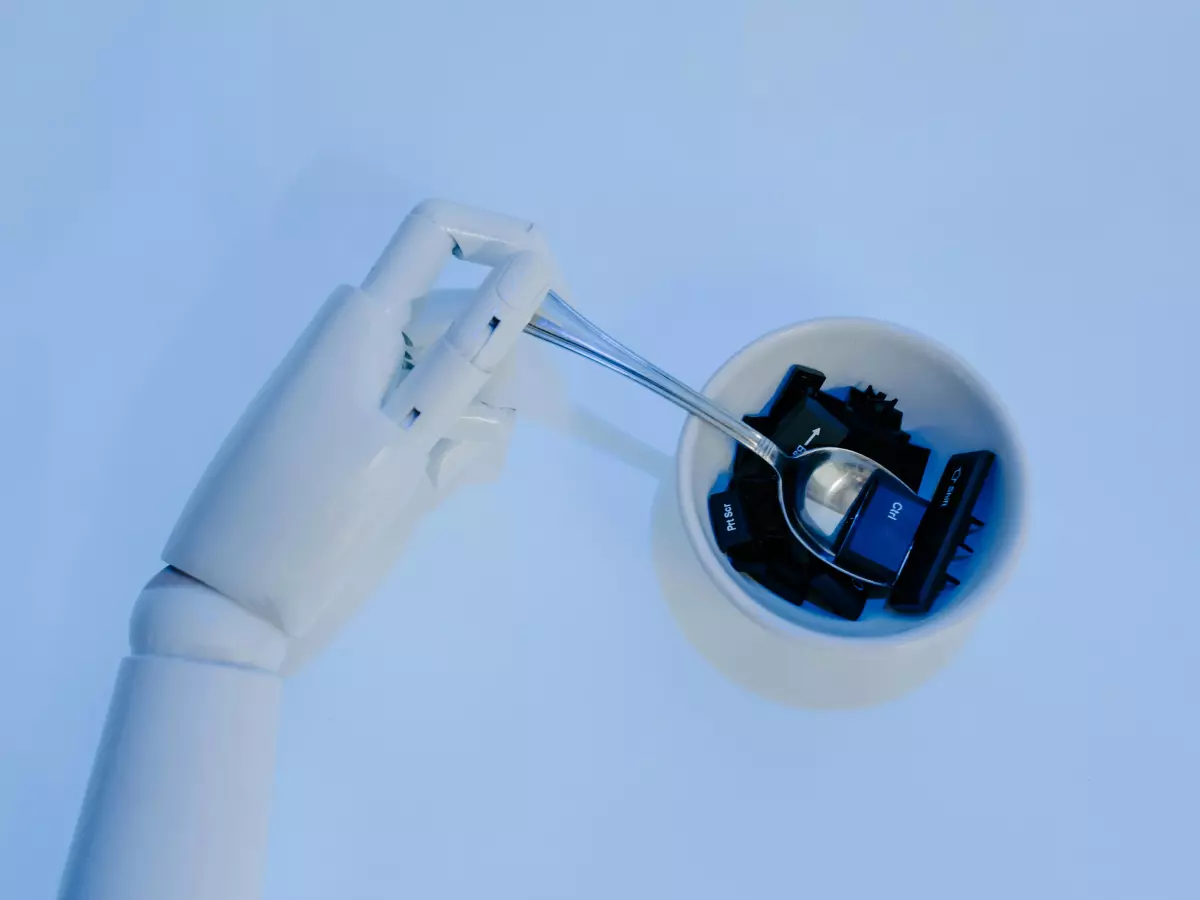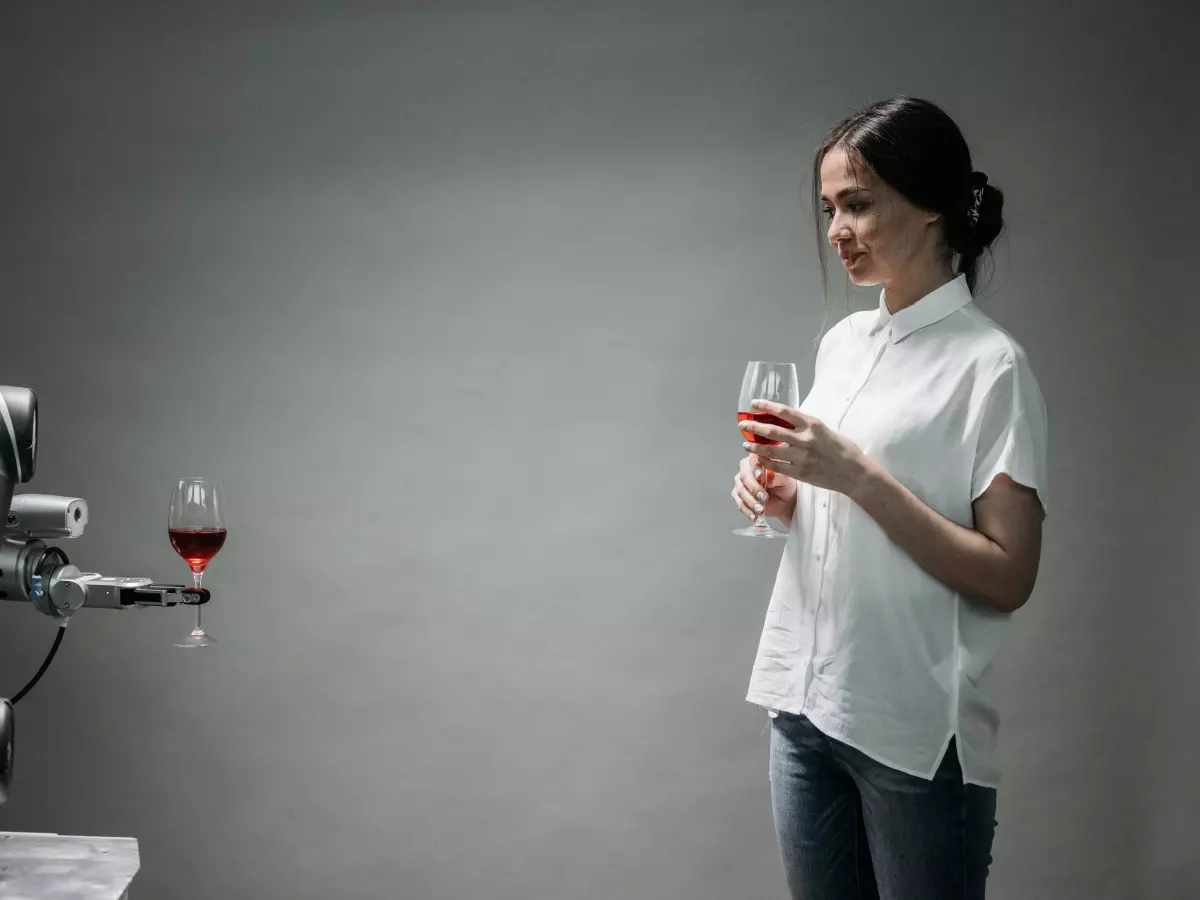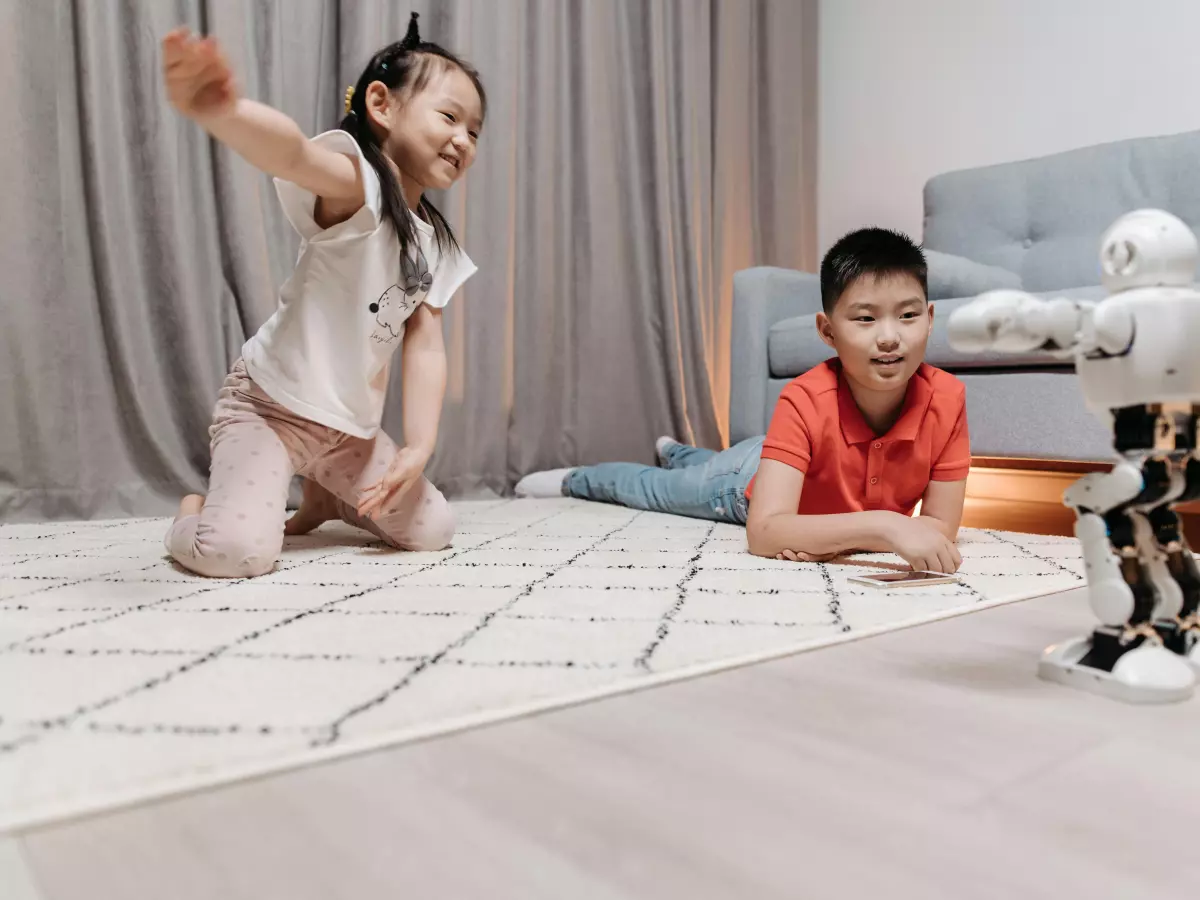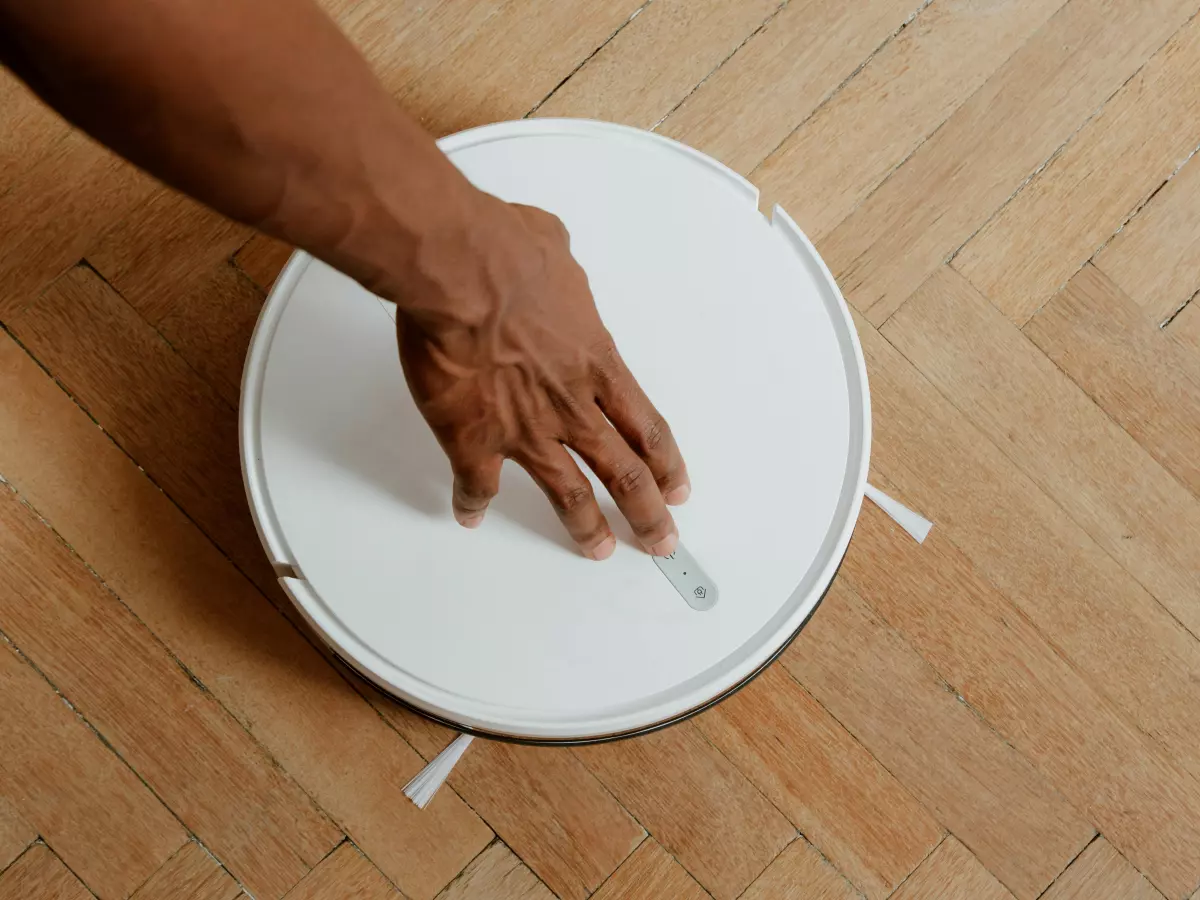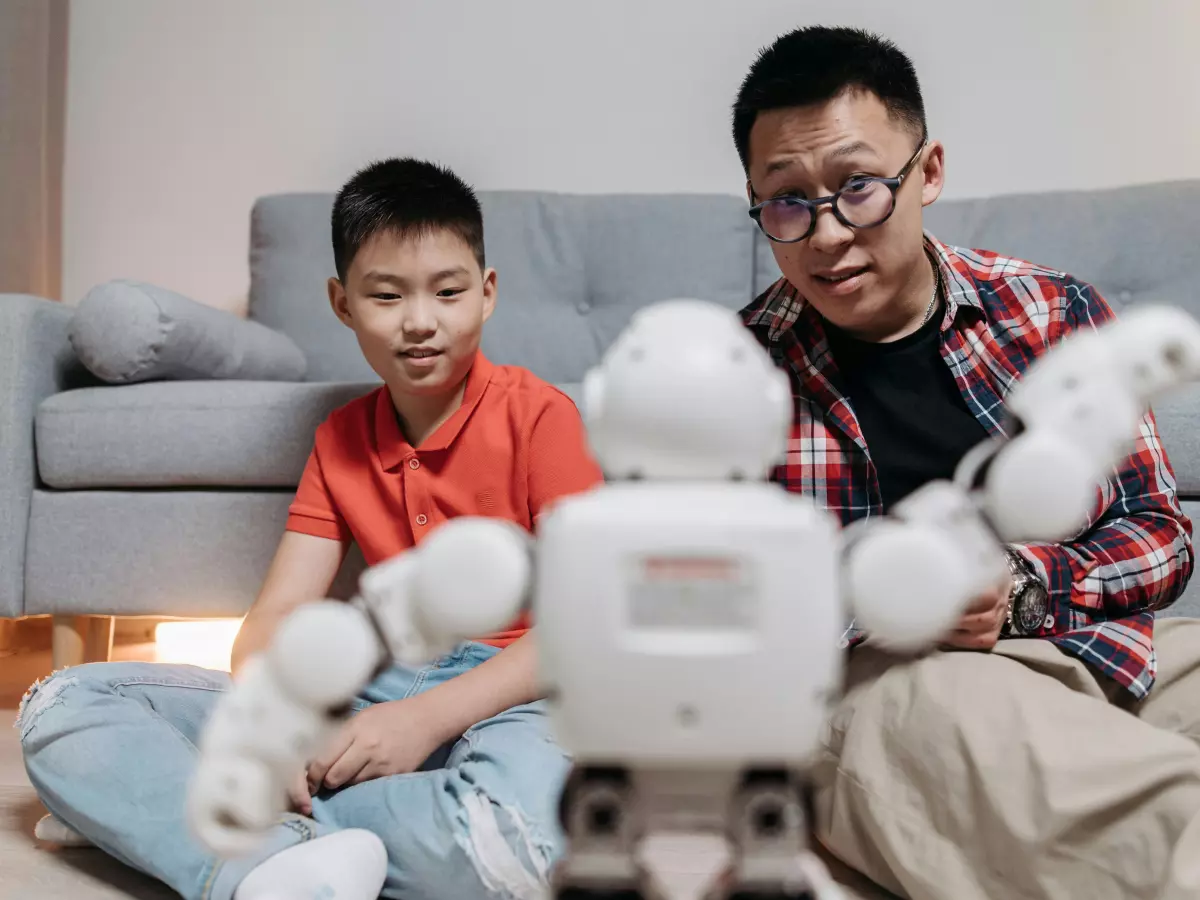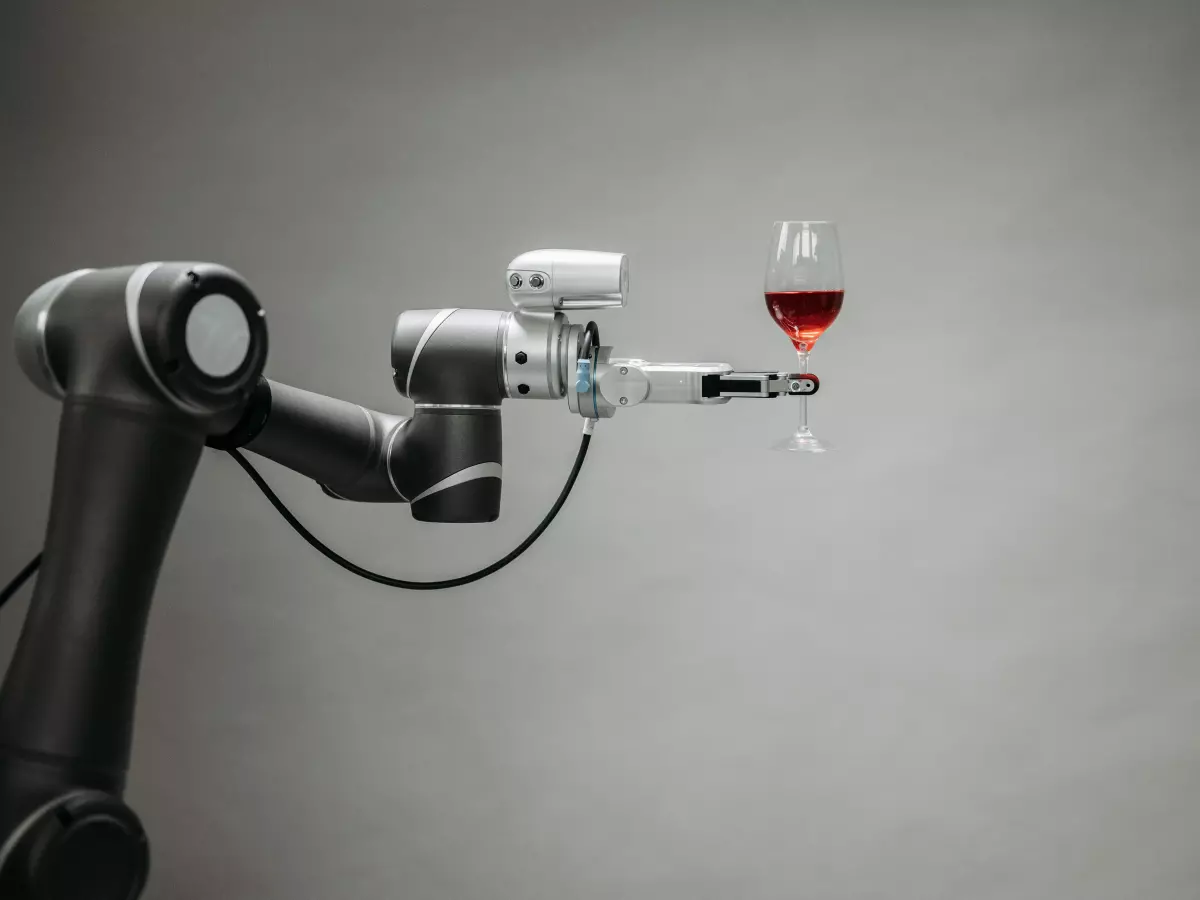Control Loops
Ever wondered how robots stay on track, even when the world around them is constantly changing? The answer lies in something most people don’t even think about—control loops. These loops are the unsung heroes of robotics, quietly working behind the scenes to keep everything running smoothly. Without them, your favorite robot would be more like a clumsy toddler than a precision machine.
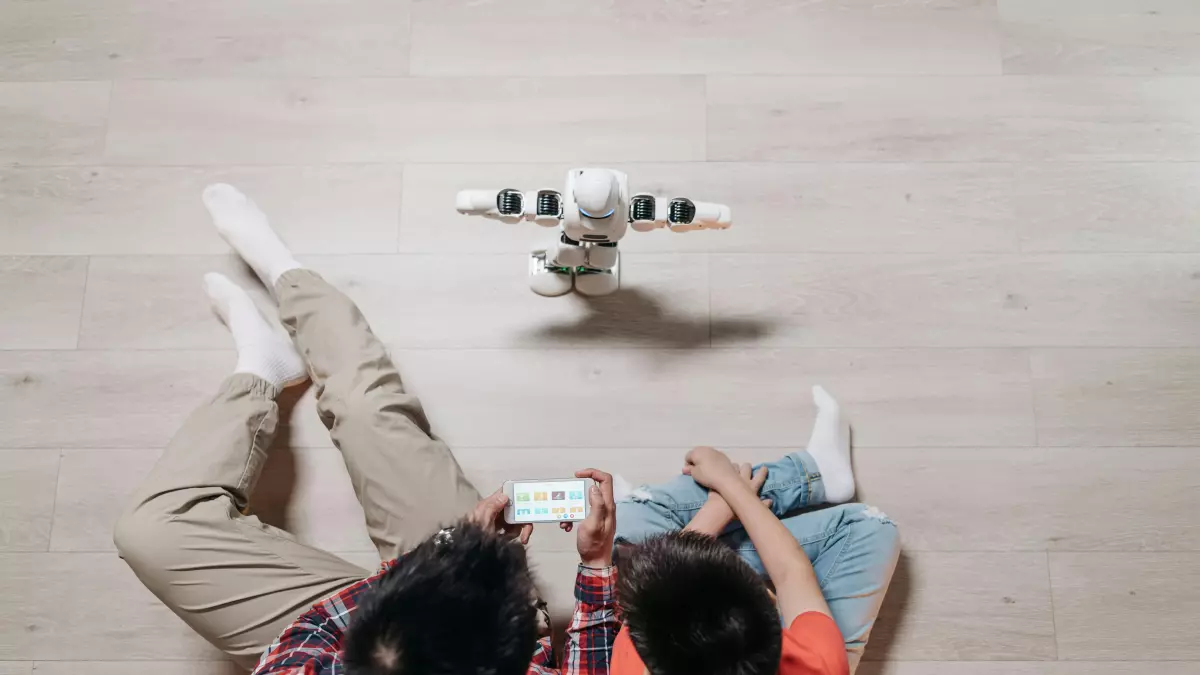
By Wei-Li Cheng
Let’s start with a mind-blowing stat: The average industrial robot makes thousands of adjustments per second to stay on course. That’s right—thousands. And it’s all thanks to control loops. These loops are the backbone of any autonomous system, whether it’s a robot arm assembling cars or a humanoid robot walking down the street.
So, what exactly are control loops? In simple terms, a control loop is a system that constantly monitors a robot’s performance and makes adjustments in real-time. Think of it like a feedback mechanism. The robot takes an action, measures the result, and then tweaks its next move based on what it learned. This process happens over and over again, sometimes thousands of times per second, to ensure the robot stays on track.
How Control Loops Work
At the heart of every control loop is a simple concept: feedback. The robot performs an action, measures the outcome, and then adjusts its behavior based on the difference between what it expected and what actually happened. This is known as error correction, and it’s the key to making sure robots don’t go off the rails—literally or figuratively.
Let’s break it down. A control loop typically consists of three main parts:
- Sensor Input: The robot uses sensors to gather data about its environment or its own performance. This could be anything from the position of a robotic arm to the speed of a drone in flight.
- Controller: The controller is the brain of the operation. It takes the sensor data and compares it to a desired outcome. If there’s a difference (or error), the controller calculates how to adjust the robot’s actions to minimize that error.
- Actuator Output: The controller sends signals to the robot’s actuators—motors, servos, or other mechanical components—that physically adjust the robot’s movements.
This process repeats over and over again, creating a loop of continuous feedback and adjustment. The faster and more precise the loop, the better the robot performs.
Open-Loop vs. Closed-Loop Systems
Not all control loops are created equal. There are two main types: open-loop and closed-loop systems.
In an open-loop system, the robot performs an action without any feedback. It’s like throwing a dart at a target with your eyes closed. You might hit the bullseye, but you’re just as likely to miss completely. Open-loop systems are simple and fast, but they’re not very accurate.
Closed-loop systems, on the other hand, use feedback to adjust their actions in real-time. It’s like throwing a dart while constantly checking to see where it’s going and adjusting your aim mid-flight. Closed-loop systems are more complex, but they’re also much more precise. Most modern robots use closed-loop systems to ensure they stay on track.
PID Controllers: The Secret Sauce
One of the most common types of control loops in robotics is the PID controller. PID stands for Proportional-Integral-Derivative, which are the three components that make up the controller.
Here’s how it works:
- Proportional: This part of the controller adjusts the robot’s actions based on the size of the error. The bigger the error, the bigger the adjustment.
- Integral: The integral component looks at the history of the error. If the error has been building up over time, the controller makes a larger adjustment to correct it.
- Derivative: The derivative component predicts future errors based on the current rate of change. It helps the controller make adjustments before the error gets too big.
By combining these three components, a PID controller can make precise adjustments to a robot’s actions, ensuring it stays on course even in complex environments.
Why Control Loops Matter
So, why should you care about control loops? Because without them, robots would be pretty useless. Imagine a drone that couldn’t adjust its flight path in real-time or a robotic arm that couldn’t correct its position while assembling a car. Control loops are what make robots reliable, precise, and autonomous.
In fact, control loops are so important that they’re used in almost every aspect of robotics, from navigation and motion control to object manipulation and even speech recognition. Without control loops, robots would be little more than glorified toys.
Challenges and Future Trends
Of course, control loops aren’t perfect. One of the biggest challenges in designing control loops is dealing with latency. The faster a control loop can process feedback and make adjustments, the better the robot performs. But in some cases, there’s a delay between when the robot takes an action and when it receives feedback. This can lead to instability and poor performance.
Another challenge is nonlinear systems. Many real-world environments are unpredictable and don’t follow simple rules. Designing control loops that can handle these complexities is a major area of research in robotics.
Looking to the future, we can expect control loops to become even more sophisticated. Advances in machine learning and artificial intelligence are making it possible for robots to learn from their mistakes and improve their performance over time. This could lead to robots that are not only more precise but also more adaptable to changing environments.
Final Thoughts
Control loops may not be the flashiest part of robotics, but they’re definitely one of the most important. Without them, robots would be little more than clunky machines stumbling through the world. So the next time you see a robot performing a complex task with precision, remember that it’s all thanks to the humble control loop, quietly working behind the scenes to keep everything in check.
As robots become more advanced, control loops will continue to play a crucial role in their development. And who knows? Maybe one day, control loops will be so advanced that robots will be able to adjust to any situation, no matter how unpredictable. Now, that’s something to think about.
